I am oftentimes asked why I shoot film. In 2007, I went from a film SLR, a Canon Elan 7n, to a digital SLR, the Canon 40D. I held out for quite a while. I was comfortable shooting film, but at that time, it looked as if film was in its last days, and it was either go digital or go home. So I made the switch.
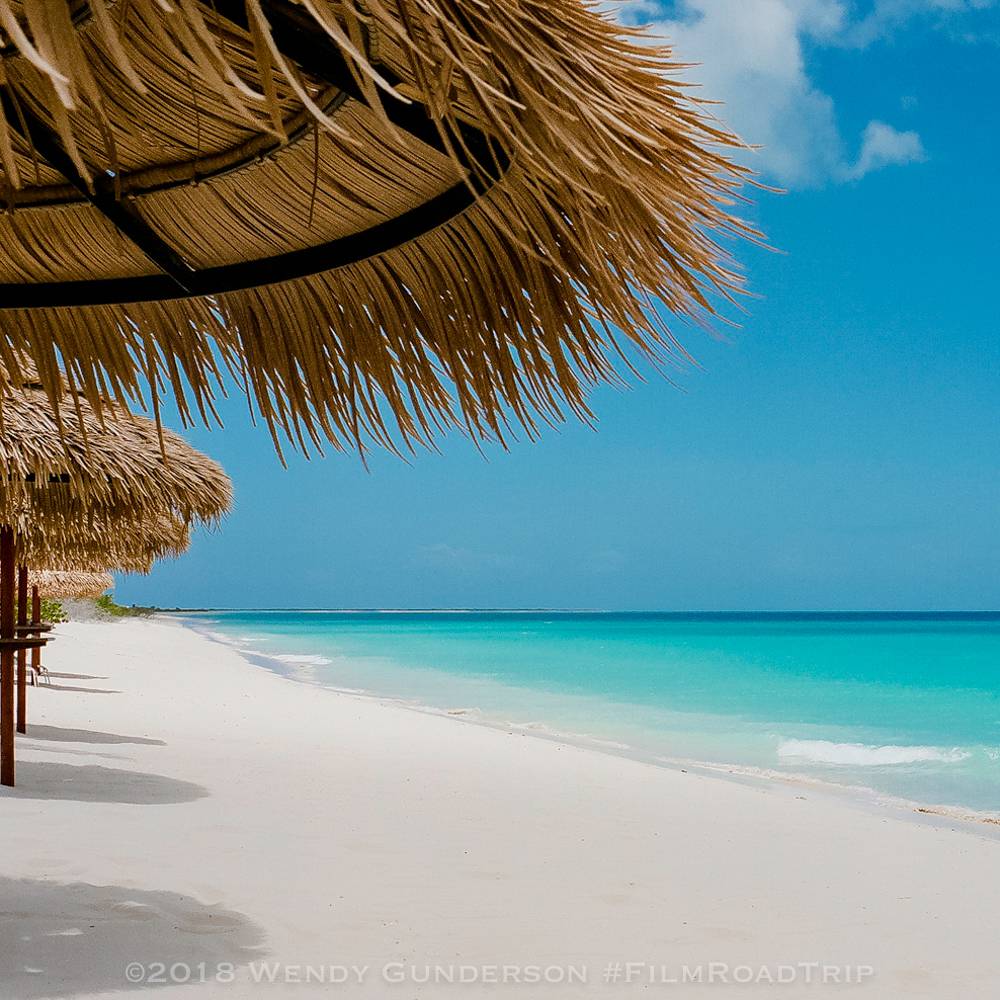
I loved the instant feedback of digital. Digital told me right away when I pooched a shot, and gave me a chance to try again. I was able to experiment with digital where I had not felt comfortable experimenting with film. When you know the cost of every click of the shutter, you hesitate. With digital, I could try all sorts of new things with no cost for the effort.
So why go back? I got to the point where my images looked like everyone else’s. There was nothing unique about them. I also felt like I relied upon that instant feedback and the ability to click to my heart’s content. I felt that I was losing touch with putting an image together. They became more “snapshots,” and less “images” or “photographs.” Film was the answer.
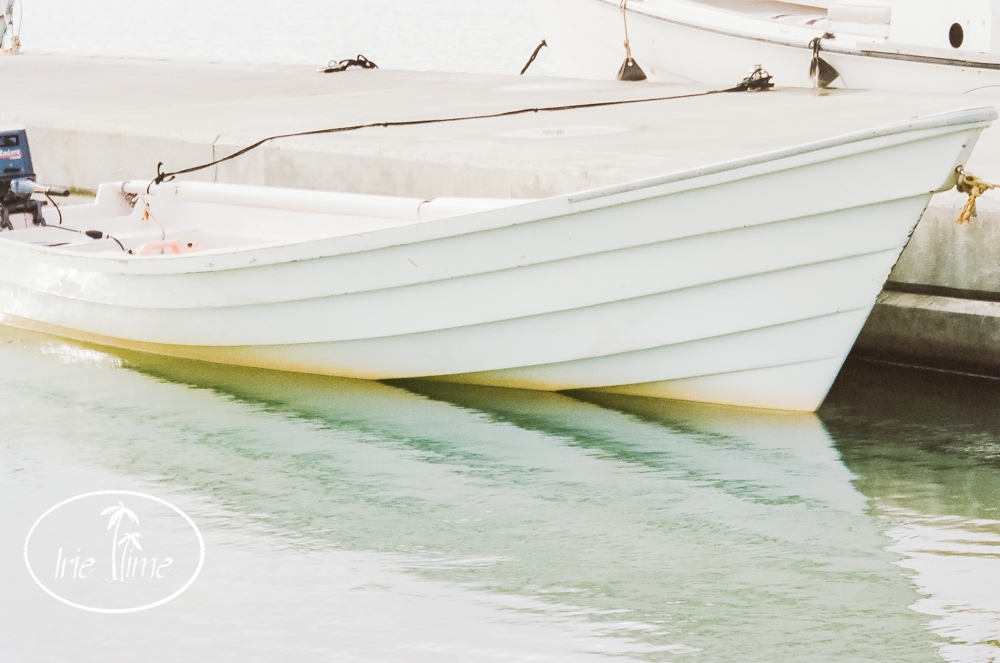
Film forced me to think about the images again. You stop the “spray and pray” habit, and think about each frame. With 15 shots on a 120 roll on my Mamiya 645 ProTL (12 on my Mamiya 6), and the cost associated with the film and development, each shot had meaning. Each shot was worth taking the time to make it right, to think about the composition, the light, and how to make the image better.
Film photography was also seeing a resurgence and although some film stocks were being discontinued, others were appearing. There was a renewed interest in film, and the market was responding.
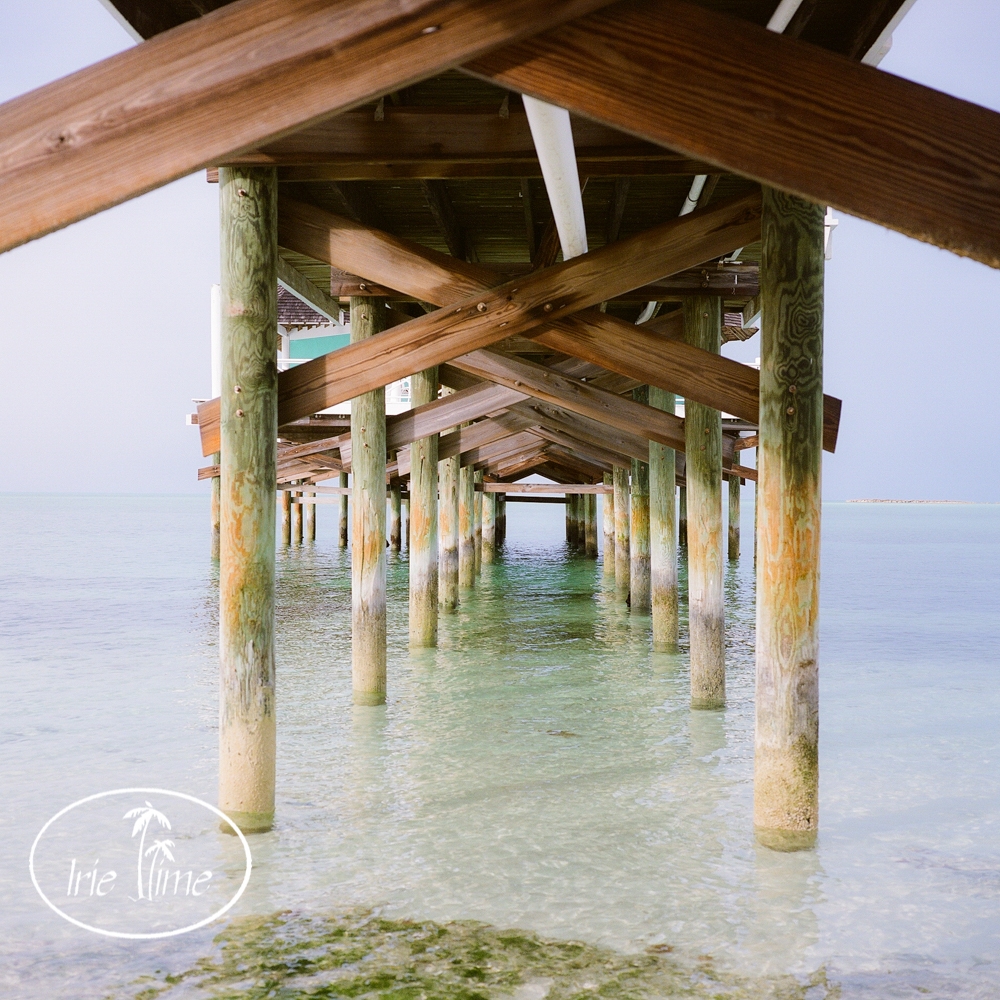
There was a downside in the resurgence of film Film cameras, which used to sell for pennies or be given away, were now selling for hundreds of dollars. Luckily, I never disposed of my old film cameras. I first reached for my Canon Elan 7N, and later upgraded to the Canon 1v, a camera I had admired for a long time, but could not afford before. Even with the price increases, I could now dip into medium format, which was far beyond my means back in the days of film. I purchased the Mamiya 645 Pro TL with the fastest medium format lens available, the Mamiya 80mm f/1.9, and later purchased the Mamiya 6 rangefinder.
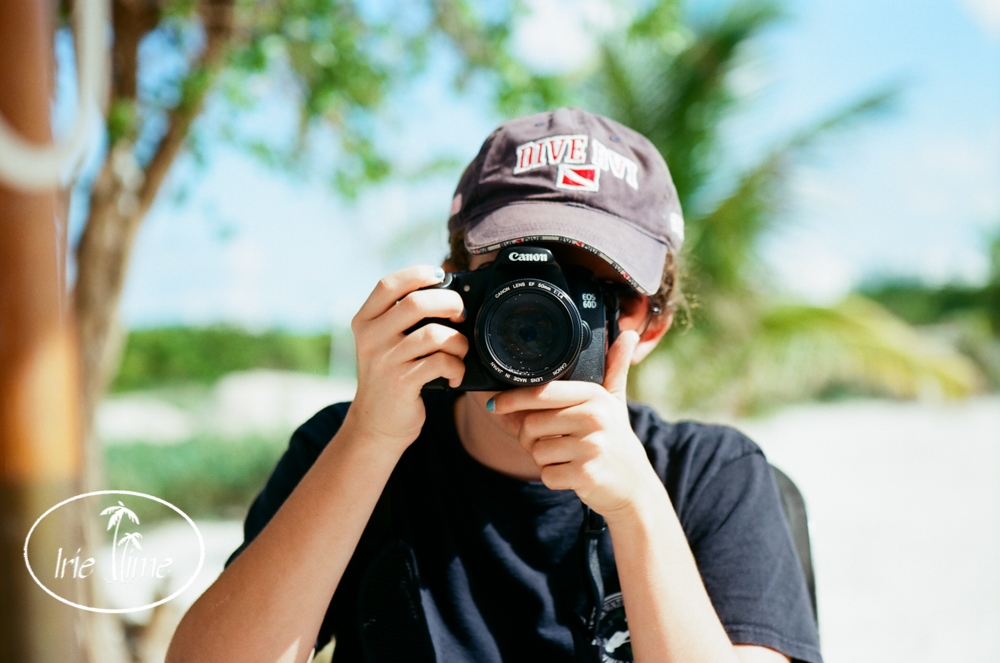
What about the weight of the equipment? Some people understand the differences between the digital images and film images, but still question the return to film photography for travel. Granted, it’s not easy to take the Mamiya 645 ProTL along on trips. Although it breaks down into parts easily for packing, the weight of the lenses creates the struggle. However, if you travel with high-quality lenses for digital cameras, you are no stranger to lugging around a heavy camera bag. If you choose to travel with both digital and film as I do, you can use the same lenses on the Canon 1v as you use on your Canon DSLR, in which case you are only adding the weight of the 1v body. I bring one roller bag with everything which I leave at our house or hotel, and then take out the camera and lenses I intend to use for each outing, so I’m not carrying the entire kit around throughout the entire trip.
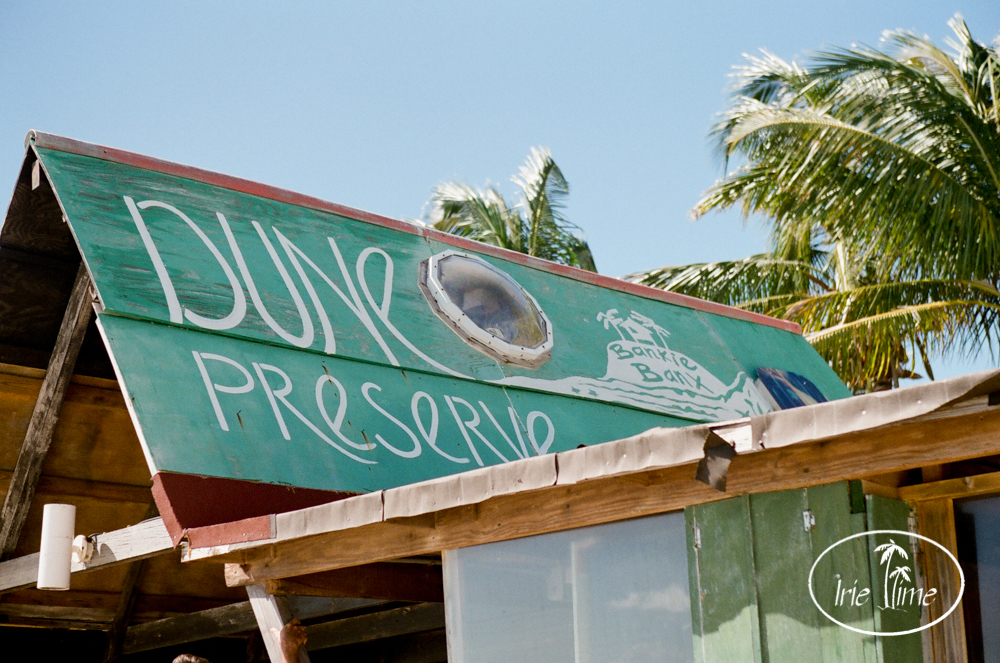
What about traveling with the film itself? Before 2007, when I traveled with film, I used a lead-lined bag for my film. I have been told that since 911, if they see a bag on x-ray where they cannot visualize the contents, they jack up the power of their scanner, which could cause damage. Whether that’s true or not, I don’t know, but since then, I travel with film in my carry-on without a lead bag. Undeveloped film below ISO 800 is generally considered safe when passing through airport x-ray machines. However, you have to avoid too many scans. So think about how many countries you will be entering along the way and double that for the return trip. I have never had trouble with my film (100-400 speed) passing through 4 x-ray machines.
If you have a higher speed film, instant film, or will exceed the number of scans (generally regarded as safe up to 5 scans), you may request hand-checking of your film. My daughter has traveled with Instax film and has had no difficulty having the film hand-inspected. Place the film in a clear plastic bag, having removed canisters and outer packaging. If you will have too many stops along the way on your trip, you should consider getting the film processed at one of your destinations. After a trip, I mark unused rolls so they don’t see air travel again.
Do not pack film in your checked bag. The x-ray scanners on checked bags are higher intensity and can damage film.
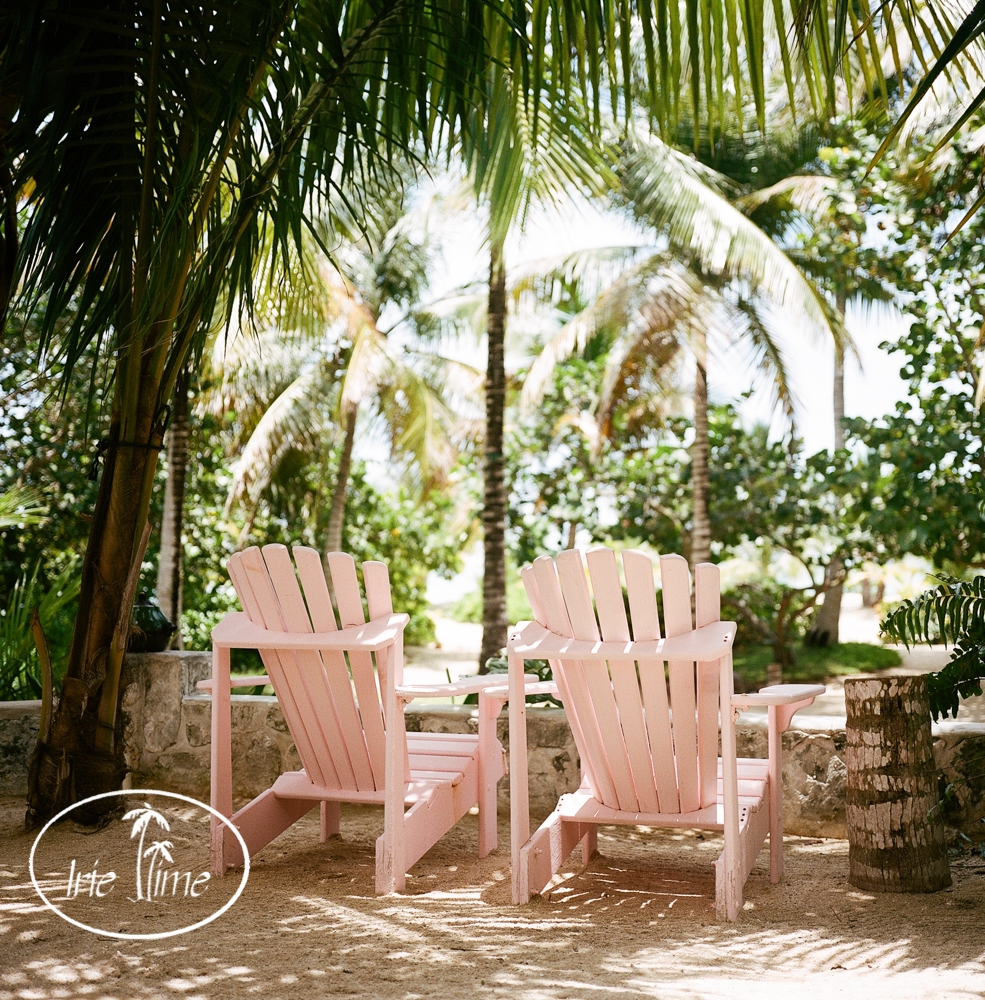
With all the hassles, why travel with film? For me, I love the feel of the film cameras and lenses. They are solidly built and beautifully machined. I love that I don’t know exactly what I captured until the film comes back from the lab. It makes me focus more on what I’m doing. When I get the film back, I can see the differences. Film handles the light better. There are no ghastly blown out areas of the image. The images are more beautiful to me. Digital may show more detail, but technical perfection is not necessarily beautiful. Do I want to see every grain of sand on magnification, or every pore on someone’s face? Nope. I want to get the sense of the place. I want to capture how I felt when I was there, and that’s what I get from film.
We recently updated our film site, Film Road Trip, and will feature more film photography articles. The site is not limited to Caribbean travel, and with four domestic trips already planned for 2018, you’ll see us posting there more frequently. Take a look!
